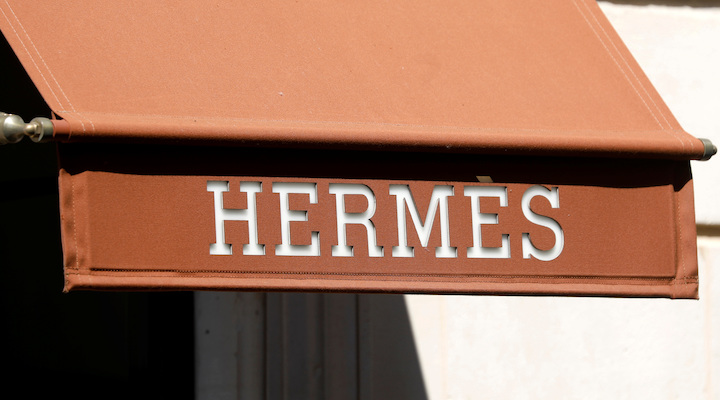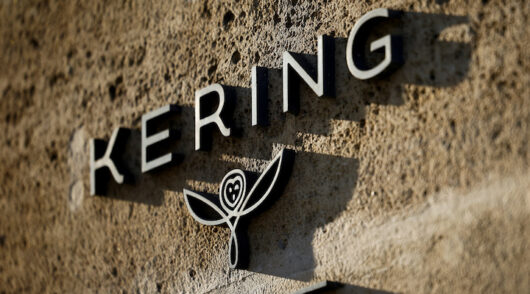The focus of the luxury industry is shifting back to China, with hopes that its high-end spenders will once again splurge on designer goods during Lunar New Year festivities as Beijing relaxes Covid curbs after three long years.
Quarterly results from LVMH and Europe’s other luxury goods companies will offer glimpses of the toll of last year’s Covid-related disruptions in China, even as the companies roll out pricey new collections tied to the Year of the Rabbit.
They are expected to see a deceleration in sales growth over the quarter as the post-pandemic splurge on designer fashions begins to ease in the United States and Europe.
Consensus estimates cited by UBS are for fourth-quarter sales growth of 7 per cent at LVMH, which releases full-year results on Thursday, and for a sales decline of 2 per cent at Kering, which reports results on February 15. Hermes, which reports fourth-quarter results on February 17, is expected to show sales growth of 17 per cent, a decline from 24 per cent in the third quarter.
The industry’s showing in China will highlight the hit from lockdowns and its subsequent exit from a zero-Covid policy, which has spurred a surge of infections in the world’s second-largest economy. Luxury spending by Chinese nationals had dipped from 33 per cent of the global personal luxury goods market in 2019 to as little as 17 per cent last year, according to estimates from consultancy Bain.
“We do believe they will come back to the luxury sector in a heavy way, to catch up on what they couldn’t do in 2022,” said Caroline Reyl, head of Premium Brands at Pictet Asset Management, referring to Chinese consumers.
End-of-year trading updates last week from Britain’s Burberry and Cartier-owner Richemont gave investors a peek at the knock.
Richemont missed market estimates after sales in China plunged by a quarter. Customer traffic at its stores dwindled and staff at times were not available. Many stores reduced hours or closed temporarily. Burberry’s like-for-like sales growth slowed sharply to 1 per cent in the quarter to the end of December after a 23 per cent fall in mainland China.
But Burberry said it was optimistic consumers in China would start spending again and Richemont saw a rebound there before the holiday, adding to rising expectations for the months ahead.
China is forecast to become the luxury industry’s biggest market by 2025. The luxury sector is among the largest expected winners from China’s loosening of restrictions that kept shoppers out of stores for months, with shares at LVMH, Europe’s most valuable listed company worth about US$433.1 billion and Hermes recently hitting historic highs.
At Paris fashion shows, which run through the end of this week, Chinese buyers, a staple at such events before the pandemic hit, still haven’t returned in droves.
Although the Chinese are expected to initially resume travelling within Asia, Europe is a region that particularly stands to benefit from a return of Chinese tourists. Reyl told Reuters she believes Chinese shoppers may begin to return to Europe in a noticeable way at the end of the second quarter or during the second half of this year.
In the United States, some Americans are cutting back discretionary spending due to decades-high inflation. Credit card data from Citigroup showed that luxury spending in the United States in December was down 10 per cent year-on-year and, compared to 2019, turned negative, down 2 per cent, largely due to weaker business in department stores and online platforms.
However, travelling Americans likely continued boosting the fortunes of luxury labels in Europe, with US nationals leading a recovery in tax-free shopping in Europe, according to December data from Global Blue.
- Reporting by Mimosa Spencer; Editing by Emelia Sithole-Matarise, of Reuters.






